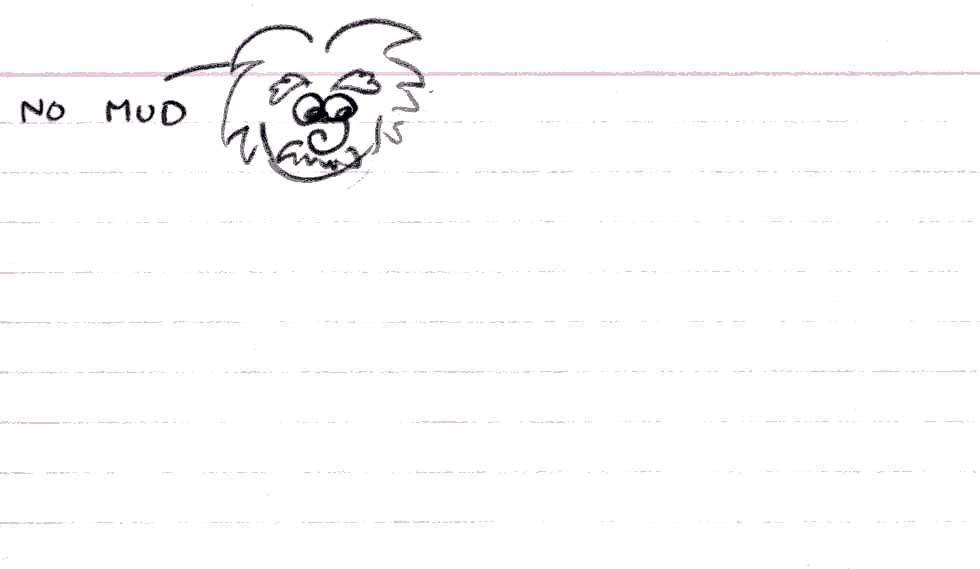
General comments
I started the lecture with a few remaining points about of cp and cv. This included discussing the general temperature dependence of cp and cv for ideal gases (polynomials describing the dependence on T can be looked up in the back of most thermodynamics textbooks). However, for Unified we will simplify things a little and always assume that cp and cv are constant (this is not a bad assumption for changes in temperature less than a few hundred Kelvin). I also presented the relationships cp-cv = R and cp/cv = g (the ratio of specific heats). I then discussed quasi-static, adiabatic processes. Many devices in aerospace applications are modeled using this process because the time it takes to transfer heat to a gas is much longer than the reseidence time of the gas in the device. For q-s, adiabatic processes pv^g = constant and w = -cvDT for ideal gases.
We then began the discussion of heat engines with a PRS question designed to emphasize the importance of identifying the heat and work balances for each leg of a cycle. This should be your first step in analyzing a cycle. I then discussed how we represent the workings of an internal combustion engine in terms of thermodynamic processes.
Responses to 'Muddiest Part of the Lecture Cards'
(53 respondents out of 68 students in class)
1) Questions on the PRS question. I didn't understand how one part of the engine process was isothermal and one was adiabatic (1 student) I just set the problem up this way so we had an example of the 4 most common processes (one for each leg of the cycle). Why is w>0 and q>0 for the isothermal leg? (1 student) You can tell that w>0 since the specific volume is increases. You also know that Du = 0 since it is isothermal. Therefore q = w, so q>0 too.Could you go over your reasoning for each of the legs? (1 student). See above for the isothermal leg. For the adiabatic leg, the specific volume was decreasing so w<0, and it was adiabatic so q=0. For the constant pressure leg, specific volume was increasing, so w>0; and from our ice/bunsen burner example, the way to do work at constant pressure is to add heat. For the constant specific volume leg, w = 0 and T is dropping so q<0. What engines use isothermal processes? (1 student) Very few, because it is hard to extract work (e.g. with a turbine) while adding heat (e.g. with a combustor).
2) I always wanted to understand engines ... How do they control the flow of gas into the cylinder? (1 student). Fluid flows are controlled by pressure differences and area changes. So for a cylinder, the piston moving reduces the pressure below atmospheric, pulling the fuel-air mixture in. The rate at which it flows is set by the area of the valve opening and the pressure difference. Is the Otto cycle diagram and explanation on the web? (1 student) Yes.
3) I would like to see a little more on cycles, reading p-v diagrams and calculating heat and work. (5 students) Stay tuned. We will do two examples in lecture T7, and you will have lots of practice on the homework.
4) Some of the math is still a little confusing to me? (1 student) If the derivations are confusing, you can typicaly find more steps than I present in the lecture in the on-line notes. If it is the examples that are confusing, then practice on the homework will help. And you can always send me an email and set up an appointment. I would be ahppy to go over any of it with you.
5) Trying to keep things straight with working with all the equations. (2 students) Just remember the important equation (the first law). Most everything else is a special form of this for a particular set of assumptions.
6) Confused about the difference between isothermal and adiabatic. (2 students) Isothermal means constant temperature. In order to keep the temperature (and therefore internal energy if it is an ideal gas) constant while doing work (losing energy), it is necessary to add heat (adding energy). Adiabatic means no heat transfer. So work = (-) the change in internal energy.
7) When will it be useful to use expressions pv^g=constant and cp-cv=R? --and related questions (3 students) The first you will use more often -- anytime you have a quasi-static adiabatic process. The second is a convenient relationship that is sometimes useful for simplifying equations.
8) What does it mean to have air as a working fluid. (1 student) This means that the medium through which our energy exchanges are made is the air that flows in and out of the pistons or through the gas turbine engine.
9) What happens when we can no longer assume all of the common assumptions? (1 student) We will deal with some of these cases in this class (like taking account of changes in kinetic energy). Other cases (e.g. non-quasi-static processes) we will deal with only briefly, but will be a major focus in 16.05. We will always assume ideal gases in Unified; in 16.05 you will get to work with multiphase flows, liquids, etc.
10) Does cp-cv=R mean that the difference between cp and cv is always equal to the gas constant? (1 student) Yes, for the assumptions we were working with (ideal gas).
11) What happened to the "n" in PV=nRT? (1 student) Different units on the R. When you have the "n" is J/kmol-K. We tend to use the form where the units for R are J/kg-K (the difference is the molecular weight of the gas).
12) No mud (31 students). Good.
